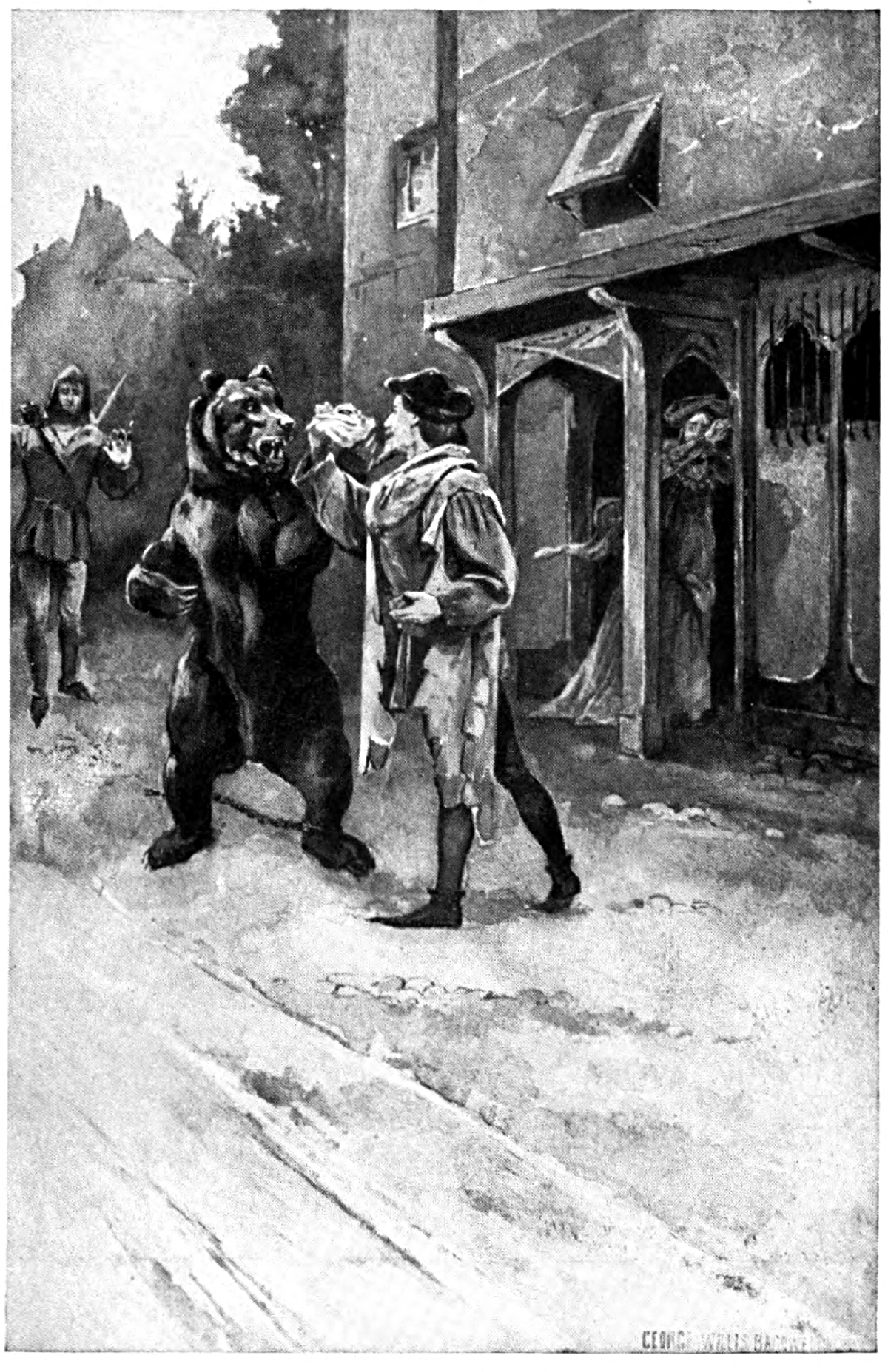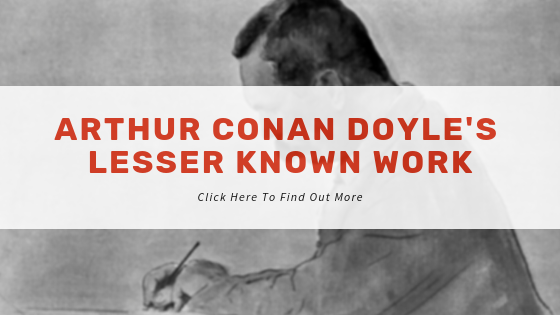Born on 22nd May 1859, in Edinburgh, Sir Arthur
Conan Doyle is a well-known author famous for his detective fiction novels
featuring the character of Sherlock Holmes. In total, he wrote four books and
fifty short stories about the detective.
The author often resented the character of Sherlock Holmes
who he felt overshadowed his other writings. He was not just a great author of
detective novels; he also wrote a number of historical novels and also novels
in the genres of horror, science fiction and adventure.
While his other novels and characters are not nearly as well-known
as Sherlock Holmes, they are interesting in their own right and well worth
seeking out and reading.
Brigadier Gerard
Doyle wrote a number of stories about Brigadier Gerard, they
were collected into just two volumes (The Exploits of Brigadier Gerard, 1896,
and Adventures of Gerard, 1903). The character of the Brigadier showed a very
different side to the writer’s character. This is a far more comic side to
Doyle that isn’t seen in a lot of his other work. Heroism is the theme of the
stories. In fact, it is fair to say that heroism is a theme in a lot of his
books. The stories tell the tale of a French brigadier who is fighting in the
Napoleonic Wars. Written in the late nineteenth century by a British man the
brigadier is portrayed as a self-regarding and vain man who not only believes
himself to be the greatest soldier in France but also the greatest lover. Doyle
brings a real warmth to the adventures that the Brigadier has, and despite his
character, the reader is drawn to him, finding comic elements to his character
that deliver a real humour to Doyle’s writing.

The White Company
When he was asked in 1921 which of his novels had been the
most fun to write Doyle’s reply was The White Company. He is quoted as saying
“I was young and full of the first joy of life and action and I think I got
some of it into my pages.”
It comes as no surprise then that he was not alone in
feeling that The White Company was amongst his best work, Sir Winston Churchill
was also a huge fan of this historical fiction, going as far as to place it on
a par with many of the Sherlock Holmes books.
The White Company are a band of English mercenaries during
the fourteenth-century. Led by Sir Nigel Loring the band travel to France, a
journey that sees them tangling with pirates along the way, in order to fight
in the Hundred Years’ War. The themes of heroism and adventure are again very
evident in this series. What Doyle has also added is a good touch of chivalry
and just a touch of Chaucerian humour. This is a classic historical style
adventure that really brings to life the middle ages and the conflict between
the Kings of France, Spain and England.
There is a good chance that the inspiration for these books
can be found in the stories told to Doyle by his mother when he was a small
child. Tales of chivalrous knights and their glorious deeds fuelled the
imagination of the young boy and inspired him to write later on in life.
Nearly 15 years after he had written the original The White
Company books, Doyle returned to the characters and penned Sir Nigel. This was
a prequel, again set in the Hundred Years War. The main protagonist Sir Nigel
is a brave knight who has vowed to prove that he is worthy of the love of Lady
Mary, this he plans to do by performing three noble deeds. While this novel is
much looser and more episodic than The White Company itself, it slots in nicely
with the other novels and is still a very enjoyable historical tale.

The Lost World
Considered to be Doyle’s greatest work of science-fiction,
The Lost World is a trilogy of books that introduced the reader to the larger
than life character of Professor Challenger, a bearded, bluff scientist. These
novels had a real impact on literature and were to become later on the
inspiration for a number of “lost world” novels that featured
prehistoric creatures and dinosaurs. The storyline sees Challenger, a young
reporter and a group of explorers travelling to South America and a remote
plateau. Here they find creatures that had been assumed to be extinct still
living in the wild. And if that plot sounds like something you are already
familiar with, then there is a good reason for that. The Jurassic Park novel,
written by Michael Crichton – which was later used as the basis for the film of
the same name – was in effect a rather clever updated novel based on the ideas
put forward by Doyle in The Lost World.
In writing The Lost World, Doyle was striving to write what
he termed a “boys’ book” and while he certainly achieved something that
captured the imagination of many a young boy what he managed to achieve is
certainly considered an early work of science fiction.

The Maracot Deep
The subject matter that Doyle wrote about in The Lost World
was clearly of great interest to Doyle, it was again the topic of The Maracot
Deep. This is one of the authors last works, written shortly before his death
in 1930 and is a riff on the motif of the “lost world”. In this book,
the reader is taken to the lost island of Atlantis which has been discovered by
a professor and a team of explorers and scientists. The addition of a thought
projector device gives the novel a more science-fiction storyline. This device
allows a person thought to be known to everyone with no need for language.
While it might not be Doyle’s best work some of the ideas in it were somewhat
ahead of their time.


